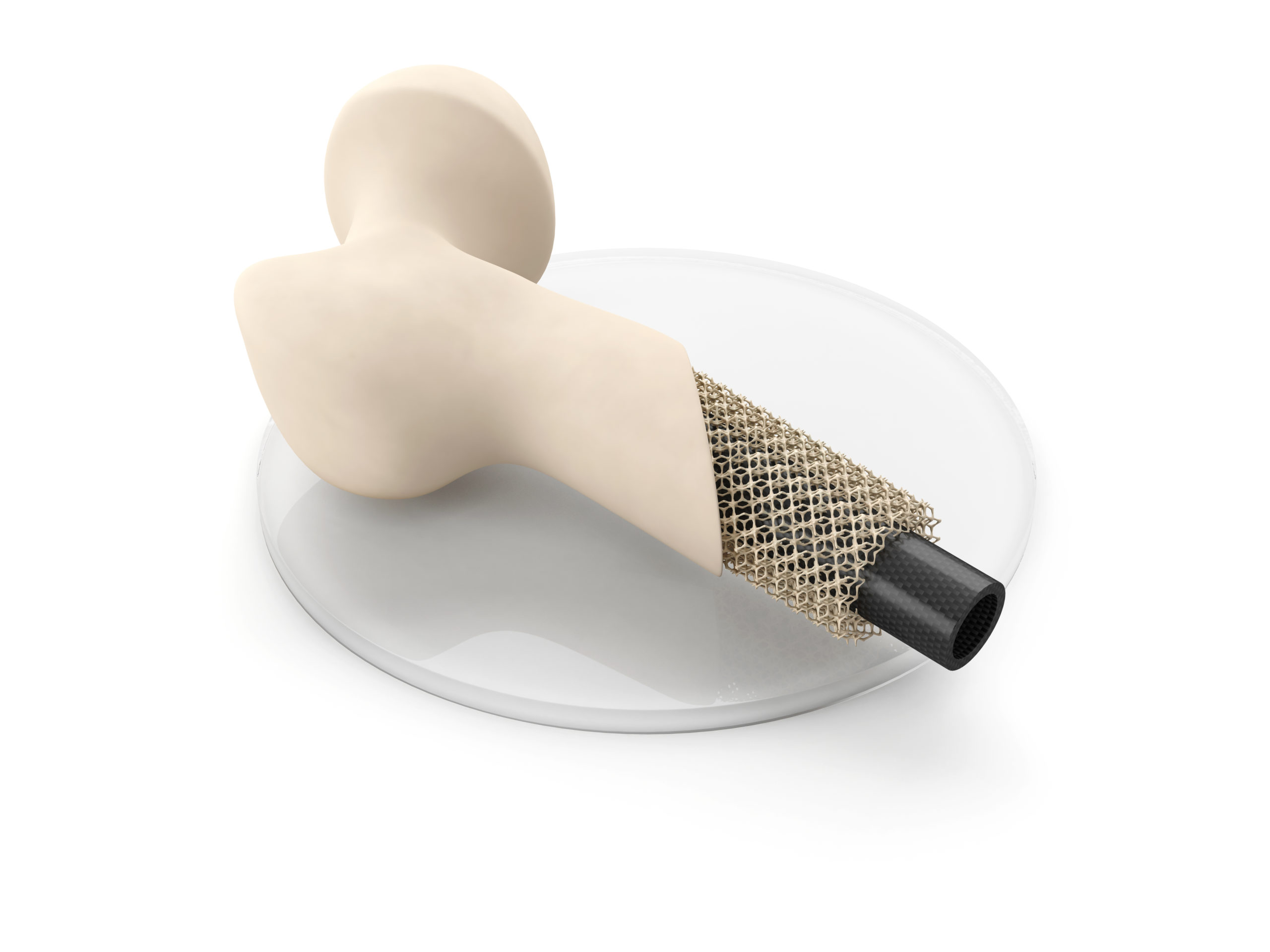Plasma Treatment of Polymers for Medical Applications

Surface properties fundamentally determine the biocompatibility of polymers
Hiden Analytical mass spectrometry systems and plasma probes provide comprehensive plasma characterization, aiding the development of plasma-modified medical polymers.
Related Products
- Introduction of functional groups to the surface of polymers using reactive gas plasmas with additives such as nitrogen, oxygen, ammonia, tetrafluoromethane, and sulfur hexafluoride. For example, deposition of non-polar functional groups can increase the hydrophobicity of a polymer surface.
- Increase of crosslinking within the polymer surface with inert gas (e.g., argon) plasmas, increasing strength and altering other mechanical properties.
- Creation of microscale roughness via plasma etching to aid wettability and cell adhesion.3
The surface properties imparted by these techniques have enabled researchers to construct highly biocompatible blood-contacting medical devices, tissue engineering scaffolds, replacement tissues and organs, and surfaces capable of controlled-rate drug release.
Developing plasma treatment techniques for polymer-based medical devices depends on an accurate characterization of the physicochemical processes during surface treatment. The Hiden EQP system is a mass and energy quadrupole mass spectrometer explicitly built for this purpose. The EQP plasma analysis system provides accurate analysis of plasmas and species evolved from medical polymer surfaces during plasma surface functionalization, making it ideal for developing plasma surface treatments for medical polymers.
To find out more about Hiden Analytical plasma analysis and mass spectrometry systems’ capabilities, contact us today.
HPR-60 MBMS – The Ultimate Solution for Reactive Gas and Plasma Analysis
Atmospheric Plasma Applications Catalogue
EQP Series Mass and Energy Analysers
Plasma Etch in Microtechnology
ESPION Advanced Langmuir Probes for Plasma Diagnostics
HPR-60 Molecular Beam Sampling Mass Spectrometer
Mass Spectrometers for Thin Films, Plasma and Surface Engineering
Atmospheric Plasma Analysis by Molecular Beam MS – GEC 2004 (1.38 MB)
Atmospheric Pressure Plasma Analysis by Modulated Molecular Beam MS – ICPIG 2005 (256 KB)
Ion Energy Distributions for a DC Plasma – GEC 2003 (250 KB)
Mass Analysis of CF3I Decomposition in a Surface Barrier Discharge – GEC 2011 (2.8 MB)
Mass Spectroscopy of Metastable Species during Plasma Processing – GEC 2011 (2.1 MB)
Time Resolved Ionisation Studies of HIPIMS – PSE 2006 (848 KB)
Description of HiPIMS plasma regimes in terms of composition, spoke formation and deposition rate
The behaviour of Cu and Cr HiPIMS (high power impulse magnetron sputtering) discharges was investigated by a combination of optical emission spectroscopy, energy-resolved mass spectrometry and optical imaging, for the complete current–voltage characteristic range achievable within our experimental conditions. Inflection points typical of HiPIMS current–voltage characteristics separate plasma regimes perfectly differentiated in terms of flux composition of species towards the substrate, deposition rate, and the nature of plasma self-organization. The reorganization of the HiPIMS plasma into spokes (areas of high ionization over the target) is associated to one regime of high plasma conductivity, where also deposition rate is limited. This spoke-dominated regime can be substituted by a homogeneous regime at higher powers, where there is an increase of deposition rate, which is driven mostly by an increase in the flux of metal neutrals and metal double-charged ions. The relevance of secondary electron emission mechanisms for the support of the spoke-dominated regime in reactive and non-reactive sputtering conditions is discussed.
Teresa de los Arcos, Raphael Schroder, Yolanda Aranda Gonzalvo, Volker Schulz-von der Gathen and Jorg Winter (Published 25 September 2014)
Online at: http://stacks.iop.org/0963-0252/23/054008
- Oehr, C. Plasma surface modification of polymers for biomedical use. Nuclear Instruments and Methods in Physics Research Section B: Beam Interactions with Materials and Atoms 208, 40–47 (2003).
- Yoshida, S., Hagiwara, K., Hasebe, T. & Hotta, A. Surface modification of polymers by plasma treatments for the enhancement of biocompatibility and controlled drug release. Surface and Coatings Technology 233, 99–107 (2013).
- Syromotina, D. S. et al. Surface wettability and energy effects on the biological performance of poly-3-hydroxybutyrate films treated with RF plasma. Materials Science and Engineering: C 62, 450–457 (2016).

